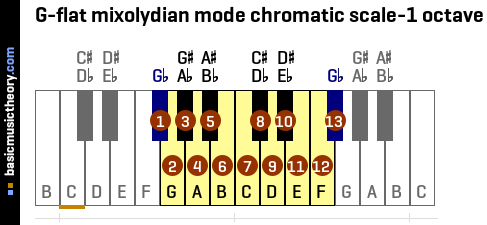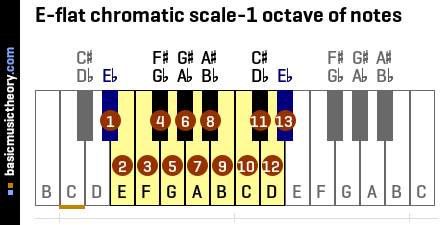Piano Music Theory Chromatic Scale
piano music theory chromatic scale
This video explains the meaning of the word 'chromatic' as well as providing instructions on how a chromatic scale is formed. the video is suitable for those students studying grade 4 of the abrsm. Grade 4 music theory lesson 4: chromatic scales. chromatic scales are new at grade four. the word "chromatic" actually means "colourful" - the scales are very colourful since they use all 12 different notes available instead of just 7 of them! the scales you have studied up till now - major and minor - are in a group called "diatonic" scales.. The chromatic scale contains 12 notes, and uses every single white and black note counting up from the first. each note is one half-tone / semitone (1 piano key - white or black) away from the next one, shown as h in the diagram below.. the tonic note (shown as *) is the starting point and is always the 1st note in the chromatic scale.. piano music theory chromatic scale
The chromatic scale represents all the possible notes we have to work with in western music. (other musical traditions like those from india and other asian cultures, as well as some western avant-garde music, use so-called “microtonal” scales, with more than 12 notes.). Chromatic scale. the chromatic scale consists of twelve notes that each are one semi-step apart (it can be compared with the contrary diatonic scale), and it is also called the half-tone scale.as you can see on the picture below, all notes in the octave are included..
---> click here <---


Komentar
Posting Komentar